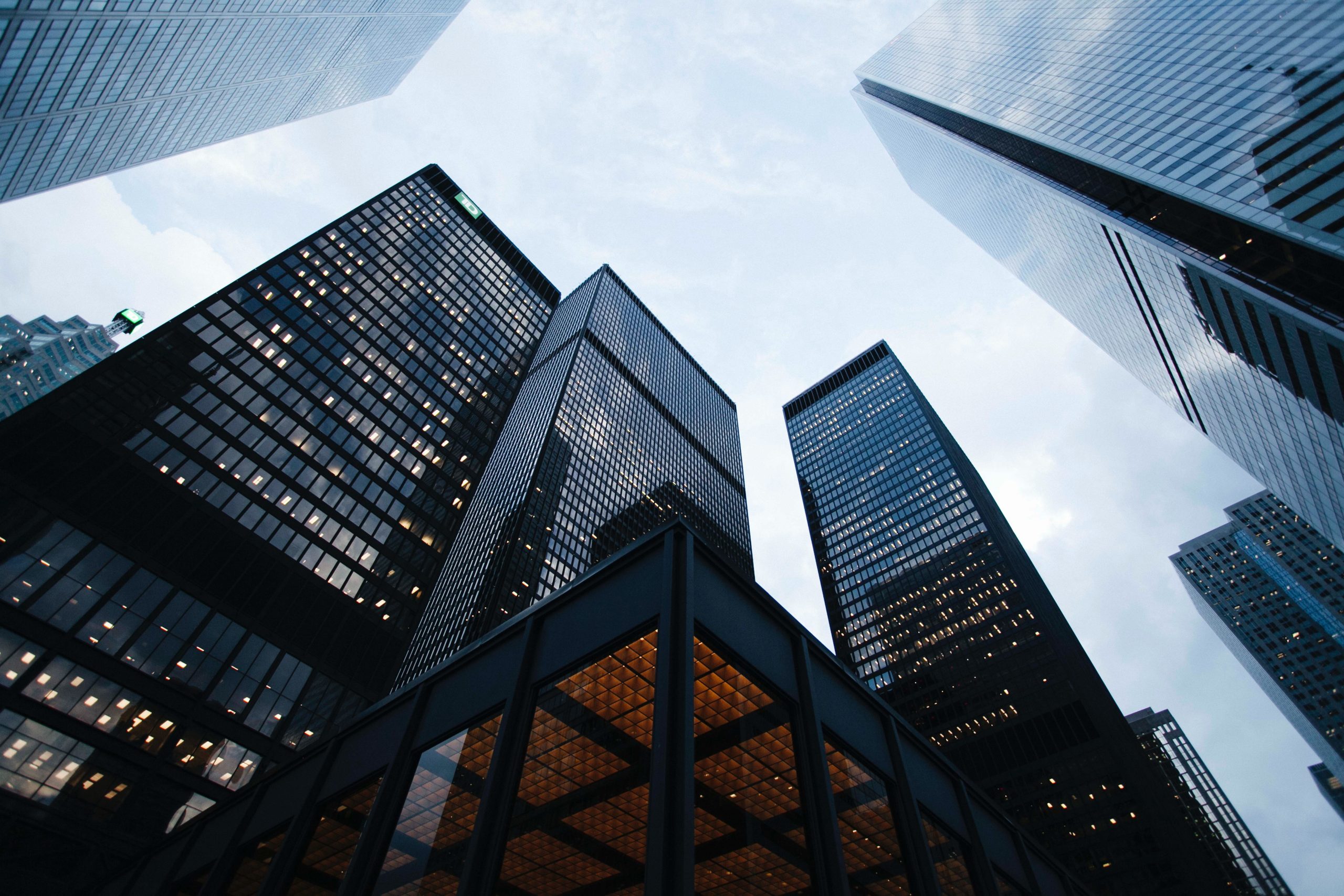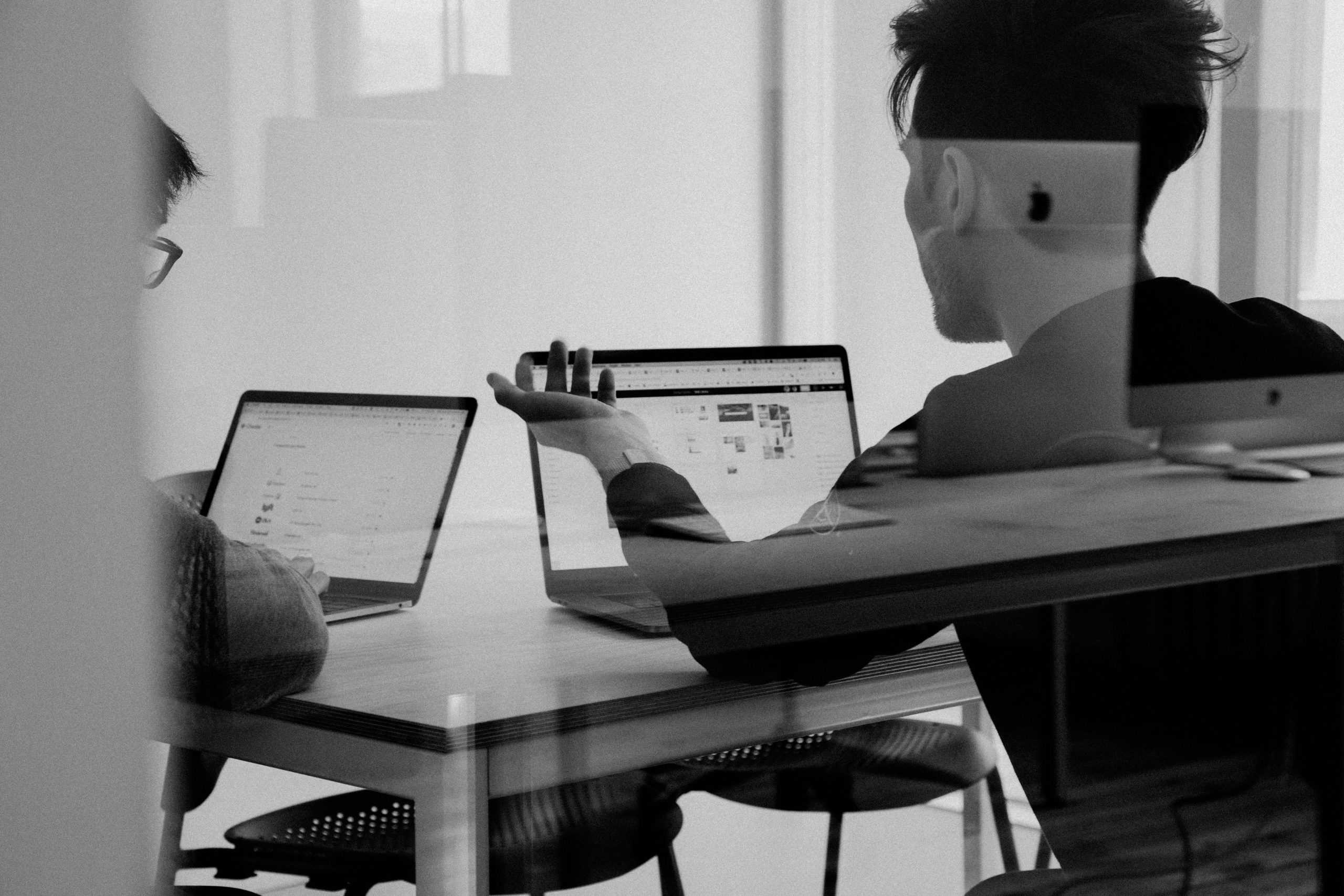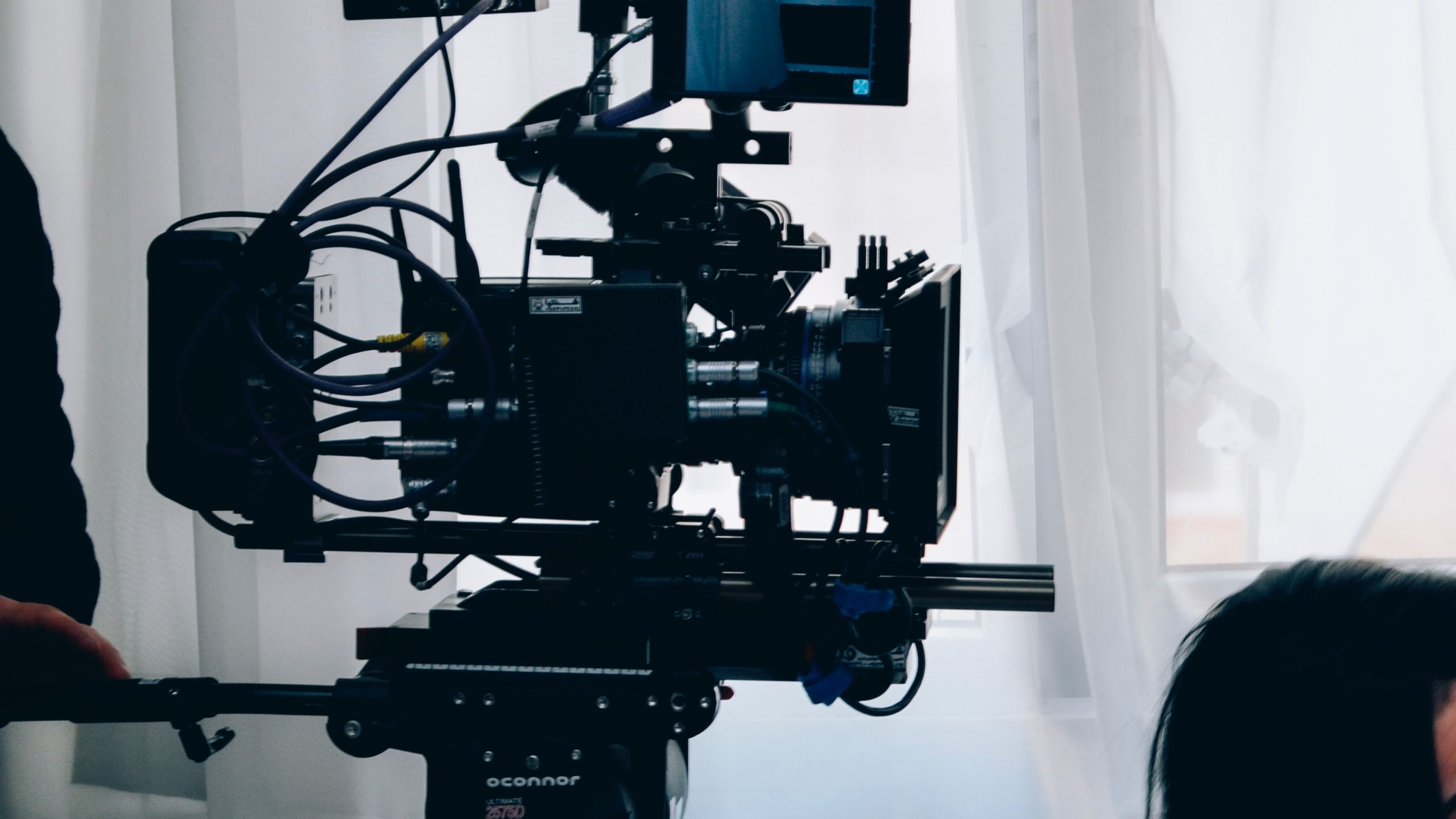So, tell me, how much of this is going to boost your capital adequacy ratio by and what dilution would it lead to?V Vaidyanathan: This will increase our capital. It will take us close to 19%, which really puts us in a very strong position. I must add one point to it before I answer the second question. Right now there is so much of global this tariff war that is going on, US, China and global events and some other geopolitical events, war, etc. So, to be sitting on lots of capital is so much peace of mind. We can build a great bank, that is one of my fundamental reasons why we are raising this capital and dilution is 15%.
Raising capital, it is a 15% dilution. But in the near term, then that will compress your return ratios because it would be a period before which you will start deploying. So, what will be the drop in your return ratio, especially return on equity and return on capital because of this dilution?V Vaidyanathan: See, the first of all, let me just say that we are raising this at a premium to the book. So, the book value per share actually goes up by about 2.3% or so, so that is important to note. Now, with regard to EPS, of course, comes down by 15%. It is pretty straightforward because dilution is 15%.
But honestly, we should not look at it like that. It is also, I do not deny it is, but the way to look at it is also that we are building a bank of the future.
So, in the sense that, I just want to explain one fundamental point to you which many of investors normally do not understand, but I want to take 10 seconds to explain that.
See, early-stage banks do not have return on equity, do not have adequate return on equity. These banks start with zero. We need growth. You do not have return on equity.
You have to dilute. But the good news is that in the last five years we made a lot of progress in return on equity. Next five years we will make a lot more progress in return on equity. So, at some stage, I really believe this bank will become self-sustaining on capital and that will be a very-very important moment for the bank.
Capital is coming to you at a time when last two quarters have been tough. MFI, you took a lot of front-ended write-offs also. So, when an investor comes in, the investor’s first question would be, is the worst behind in terms of asset quality and the MFI write-backs? So, how did you answer this question?V Vaidyanathan: Yes, I told them yes. I told them exactly what I told the street. In fact, when we were giving analyst call after Q3 results, I said that Q4 will be the peak of credit costs because of MFI. I said that Q1, Q2, Q3, Q4 of 26, every quarter it should come down and if provisions come down, PAT should go up. It is exactly what I told the street, exactly what I told them.
And I also told them beyond that, I gave them a long-term picture. I gave a picture of what the story should look like four-five years from now and I gave them a plan, gave them a picture and told them how the bank will look like and convinced them to invest.
Let me just tell you in the light of what is going on in the world, to get 7,500 crores of capital is also not easy. It was damn tough. And in fact, investors told me the probabilities were like one in a hundred. I am very happy that we got the kind of capital.
Capital is not available on tap and you managed to get capital at 7,500 crore on your balance sheet. I think this is fantastic. But this dilution also will have impact on your personal holding. Your personal holding will come down. Are you okay with that or you will also put in some money?V Vaidyanathan: No, I am not putting money. The thing is that you should know that all first generation people who create any entities, they dilute. I think that I am really building an institution for the future. If you think of institutions like ICICI Bank, HDFC Bank, these really iconic institutions, how did they get created? If you went back in time 25 years ago, what was ICICI Bank? They were like maybe a few thousand crore balance sheet. It became what it became today by being steady or HDFC Bank, today like 25-30 lakh crore loan book. So, all this happens when you create. So, I think about building an institution for the long run and every action taken in the bank is that in mind.
Through the timeline here and April 2021, this is just after COVID, you raised 3000 via QIP. And then next two-three years, which is once you raise the capital, they were bumper growth years for IDFC Bank. Now you have raised capital, which is double than that of what you raised in 2021, if my maths is right. So that means that we are in for bumper growth or better than industry average growth because this is a lot of capital. It is double of what you raised in 2021.V Vaidyanathan: See, the thing is that short answer is that we are of course planning for growth, but more than growth, of course, it is growth, but more than growth to have a lot of capital gives a lot of comfort to everybody. Hopefully after this large capital everybody will believe that they are not coming to the market for a while now.
They have no intention to. Gives confidence to the rating agencies. We are already double A plus. We have ambitions to become triple A. I am telling you, mark my words, my eyes are there and we want to get there, that today or tomorrow or day after we will get there, so that gives comfort to depositors. So, we are running an institution. An institution should be like full gas in the tank at all points of time.
But tell me, what would you deploy this money for? What would be the focus areas?V Vaidyanathan: Let me just say that there are two big things ahead of the bank which all investors should know. We have three lines of business. Our lending book is very profitable.
We are making 4.3% operating profit, that is the kind of profit we are making on the asset side. It is really good and even net of credit costs, it is quite profitable, very profitable. It is very profitable five years now. Next, but we have the liability business because we are a new bank, we set up close to a thousand branches, we have 1100 ATMs, people, technology, everything is coming up here.
Wealth management, cash management, trade, FX, NRI business, current account, every business being rolled out in this bank. All that costs money. So right now, as the bank progresses, these businesses, some of them are at loss-making stage, they also turn towards profitability, that is the second purpose of this.
But I want to say to people, some people may be concerned that, look, man, you are raising so much capital. We have been raising capital five years in a row now. I do not deny it.
I am raising. It is a new bank. I just want to share this with everybody, new bank, I want to say that again to you because if you think of every bank that is raising money, capital once in five years or six years or three years, they have been there for 25 years, 30 years.
We have been there for three or five years or six years now after merger. So, it is a new bank. We are raising capital. With now greater scale and profitability, the frequency of coming to the market will come down. So, let me just say that at least for maybe two-and-a-half years or something like that, we are not even looking at the markets.
But give us some sense that how will you use this capital to grow your MFI or the unsecured side of the book?V Vaidyanathan: No. We are actually slowing down on MFI book. You can make a mistake once, not a second time. So, we already are feeling quite bad that we got the MFI wrong in the sense that we were doing very well for seven-eight years, but this industry issue that happened, we were also in the centre of it and we lost money. So, let me say we lost money this year. We made money five years in a row, but still, nevertheless, so we are not growing MFI book in that sense, but every other business is growing. Our SME business is growing.
Our corporate is growing. Retail is growing very strongly. Gold loan business is growing. Frankly, we are all in growth businesses and it is not about five years. Wake up 10 years, 15 years, 20 years they will keep growing.
Your NIMs are solid. And one of the reasons why your NIMs are solid is because of the, I would not use the word risk, but you did have exposure to the MFI space, which is a high margin business. Now that you are going to be going easy on anything which is unsecured, MFI, where you are not assured of the credit quality, eventually as you will start taking low risk, could this impact your aggregate historical NIMs?V Vaidyanathan: So, the thing is that MFI is one component which we are slowing down. We have to, because it is more cycle prone, let me say. But let me just make one clarification about MFI, so why we did it, so that it does not feel that we were not irresponsible about that at all. The MFI business helped us meet weaker section priority sector loans. It I very difficult to meet otherwise. It is a big price to pay for not meeting priority sector loans. Remember, we had a DFI, converted to a bank. We did not have a priority sector, so we will had that.
It also helped us meet inclusive banking. It was also very profitable, so that is that. But still, having said that, we are slowing down for the reason we discussed. But that is only one component. But the rest of the business is all very profitable. We will have strong NIMs. Of course, there will be some moderation.
Let me call it 6 today, maybe we will come down to 5.9 or something like that, maybe 5.8. We have a specialisation but remember one thing, our asset quality is really fantastic by any standards. Look at our gross NPA is always less than two. Net NPA is always less than one. Credit cost is like 1.8 or so.
So, these are solid numbers for a bank having NIM like we have. So, we have a good franchise. It is like you have a good molecule, that is what we have, we have to scale it and this capital will help us scale it.





















